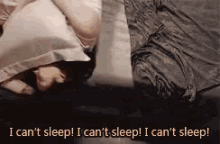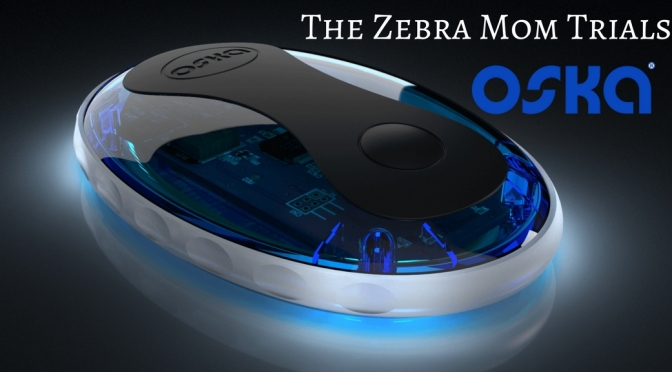*I have been given this course free of charge as part of a review through the Chronic Illness Bloggers network. Although the course was a gift, all opinions in this review remain my own and I was in no way influenced by the company.*
Fellow chronic illness blogger, Esther who runs the blog Life in Slow Motion offers three different courses for people with chronic pain.
Esther is a counsellor and writer. Her aim is to help people address the physical, spiritual, and emotional impact of chronic illness and pain.
I took up the offer of reviewing the 31 Days of Expressive Writing of Expressive Writing for People with Chronic Illness and Pain.
The course aims to help reduce emotional stress, improve physical health and to help patients “find themselves again”.
Reduce Emotional Stress
“Writing that includes a high level of emotional disclosure can improve mood, reduce intrusive thoughts and anxiety, and increase your overall sense of well-being.”
Improve Physical Health
Research shows that expressive writing can reduce stress hormones, increase immune function, lower heart rate, and decrease physical pain.
Find Yourself Again
Expressive writing will help you process feelings and memories, gain insight and meaning, process spiritual issues, and set future goals and plans.
So, what is expressive writing?
Expressive writing is personal and emotional writing without regard to usual writing conventions, like spelling, punctuation etc. You must turn off your inner dictionary and thesaurus. Expressive writing simply expresses what is on your mind and in your heart.
Expressive writing pays more attention to feelings rather than the actual story itself. But, like narrative writing, expressive writing can have a story. But often, expressive writing is difficult and unpredictable, and that is a perfectly normal. Expressive writing is not so much what happened as it is how you feel about what happened or is happening.
What does the Expressive Writing Course include?
The course is broken up into eight “chapters”.
-Introduction to Expressive Writing
-Your Story
-Your Grief and Emotions
-Your Faith
-Your relationships
-Your Strength, Joy and Hope
-Your Goals
-Final Thoughts.
Each day you are given an exercise or “prompt”, the exercises range in time but take no longer than 30 minutes each.

My Experience
The beauty of this course is that there is no deadline, you can do as much or as little of the course as you like in a day. This is ideal for people with chronic illnesses because, as we all know, there are days where we are simply not able to do anything but lie there and wait for our symptoms to ease. Of course then there is brain fog which makes us forget, like, everything!
Over the few days I did this course, I found myself to be in a far better head space than I have been in recent months. Just getting my feelings down on paper on a daily basis, was actually very liberating.
I learned a lot about myself during this course. There are a few particular exercises where you just write, not about anything in particular just wherever you mind takes you for those few minutes. When I read back what I wrote I realised just how much is on my mind, all the things I worry about sitting there on paper was a real eye opener. Interestingly, a lot of them were issues “normal” people would worry about like money, housework etc. Writing them down made them almost more manageable to conquer. That in retrospect, everything I worry about can be fixed, one way or another. Some may take more time and help than others but all in all, I have conquered much more difficult tasks.
Those types of exercises were my favourite and I will definitely continue to use this as a form of self therapy.
I also really enjoyed the more structured exercises such as writing about the experiences I had with the different stages of grief and looking back at all the milestones I achieved since diagnosis.
There are some exercises that are based on faith like reading through bible verses and analysing and applying it to your own experiences with chronic illness. I did skip these particular sections as they didn’t apply to me as someone who doesn’t practice religion.
I did go through the Faith section of the course and from what read, I think anyone who finds comfort in their faith would be fond of this particular aspect of the course. I think it would also be healing for somebody who is struggling with their faith.
There are some PDF attachments which you can download for particular exercises and I plan to use them for a chronic illness bullet journal I’m putting together.
Final Thoughts
The Expressive Writing Course is $39 which I think is a fairly reasonable price considering the course was put together by somebody who is a licensed Clinical Counsellor with a Master’s Degree in their field . It is really hard (at least here in Ireland) to find somebody who specialises in counselling for chronic illness. Waiting times for mental health services are also some of the worst in the world. I waited two years to get an appointment with a psychiatrist. I started this course just before my first appointment and I already felt much better in myself by the time I saw the doctor.
When you break it down to $1.20 a day for a researched based course, you are getting a a really good deal. Plus you can also redo the course if you so wish.
There are some parts of the course that you may not feel like doing (like me with the faith section) but it’s simply a case of taking what you want from the course and using it for your every day life.
While I haven’t seen an improvement in my physical health thus far, I feel that if I continue to practice the techniques I learned on this course that I will feel better equiped to deal with the daily battle that is chronic pain.
I would have liked if the work could have all been done on the one platform as an online journal rather switching back between word and the website. But that’s just personal preference.
Rating
4.5/5
To see a full list of courses see https://lifeinslowmotion.thinkific.com/





























